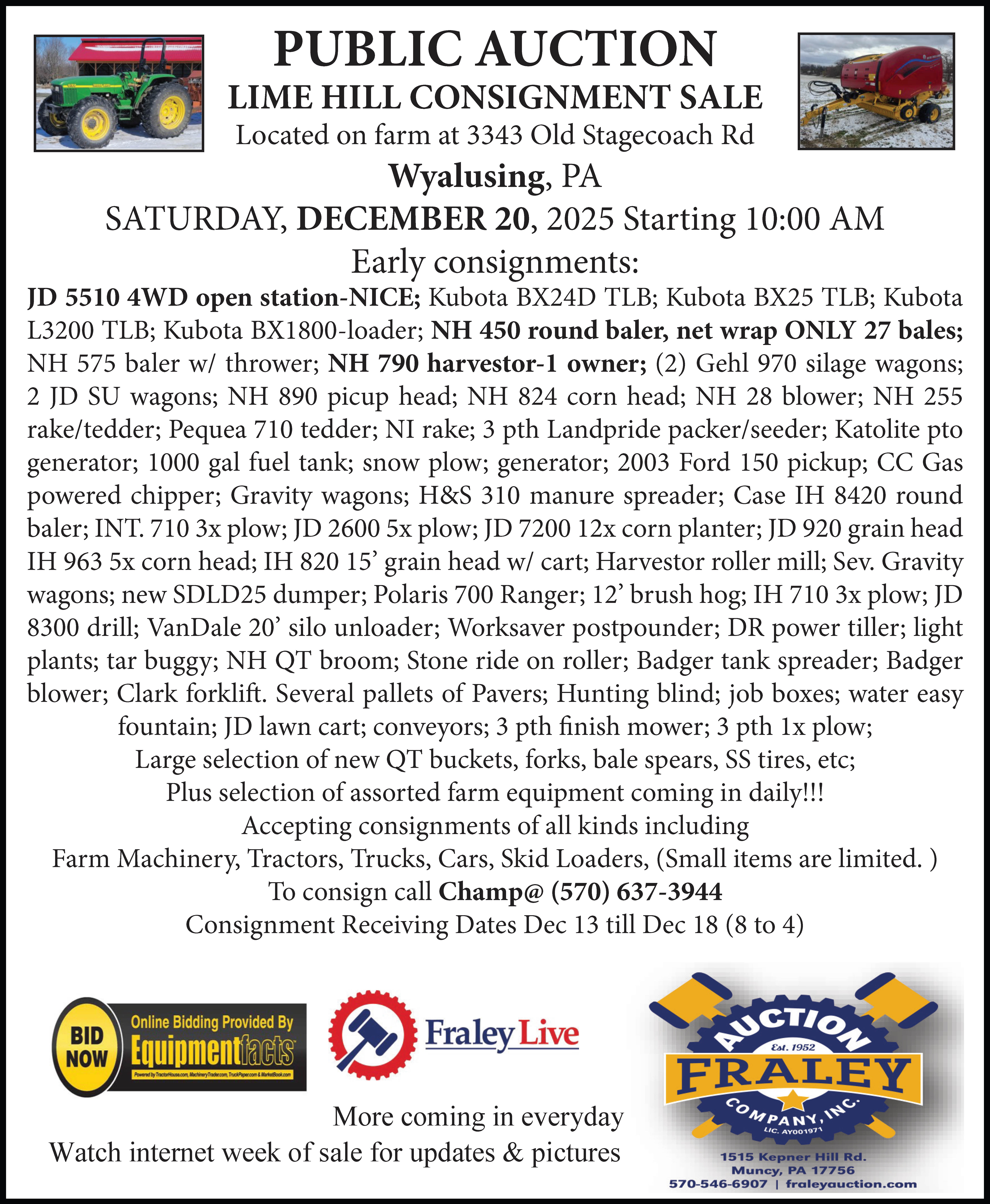?
You are probably wondering, what on earth does going fishing have to do with fertilizer? Well, nothing but it’s what you do with the fish scraps if you keep some fish for the frying pan that can have a lot to do with fertilizing your garden.
I’ll be honest, I’m very limited as to what fish I will keep for eating, and I’m also very limited as to how many I will take home at the end of the day. I have two reasons for limiting myself; one reason is certain species of fish are somewhat limited at the supply end, and the other reason is I don’t want to have to spend too much time filleting fish.
I don’t keep trout — I’d rather catch them than eat them, and if I put them back, I can have fun catching them again when I return. Trout are very costly to stock, and they are limited in supply. Later in the season on some marginal trout streams removing some trout would probably not present much of a problem since many would not likely survive low, warm water late in the summer. However, bass are very capable of surviving, and I much prefer catching and releasing them since populations can definitely be hindered by overfishing.
So, where on earth do I plan to get fish scraps for fertilizer? No problem; panfish, that is bluegills, pumpkinseeds, crappies, rock bass, and perch. For the most part, panfish are very prolific fish; they generally reproduce well in most lakes and streams and, in fact, can be so abundant that they may have stunted growth. In some lakes, an overabundance can even result in die-offs during the stress of the spawning season. In addition to being in good supply in many lakes and ponds, panfish in my mind are at the top of the list for eating quality. The only fish that would surpass them in my mind would be the walleye, and they, in fact, are members of the perch family.
While I think panfish limits are way too liberal (you are often allowed to keep 50 total but check your regulations since that can vary on different lakes), I will often keep 15 or 20 for the dinner table. Twenty panfish fillets (10 panfish) make a good meal for my wife and me. Over the years after filleting, I would put the fish scraps in my garbage can, but in the summer heat, I don’t have to tell you how that eventually smelled, but now my scraps are going into my garden.
Recently some friends and I were talking, and one of the guys asked me for my fish scraps for his garden; I saved some for him but then decided to try them in my own garden. I’m just getting ready to do some planting, but I have deposited my fish scraps into a compost container next to my garden along with some manure and old rotting leaves. According to some reading I’ve just done, apparently, the Indians placed fish remains in their plantings, so this is nothing new. The fact is fish scraps make a very good natural fertilizer for nitrogen and trace minerals.
You may want to place the fish scraps in your compost pile or container for a time or simply bury the scraps below the root system of the plants. Be aware that some animals may want to visit your garden, so you may want to put up some type of fencing. I’ll admit that this is the first time for me too, so I’ll see how it goes, but I’ve read some reports that those who have tried it have had much better plant growth.




Leave a Comment
Your email address will not be published. Required fields are marked with *